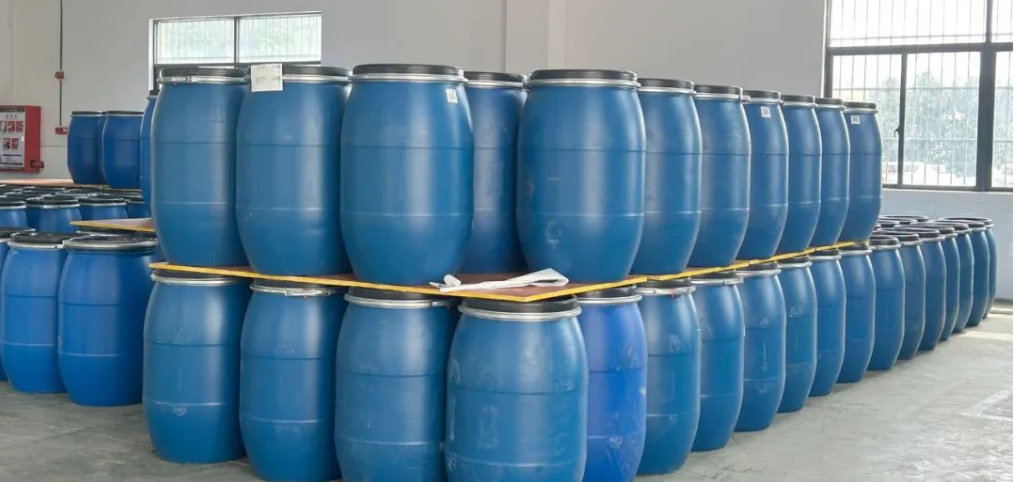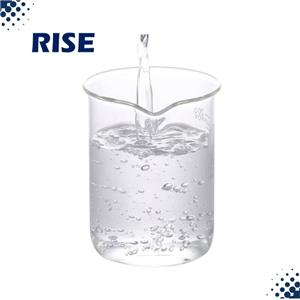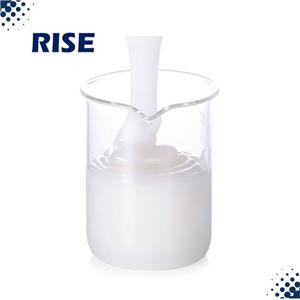Defoamer types and advantageous characteristics
What is defoamer?
Defoamer, also known as antifoam, is mainly used to control and eliminate foams generated in industrial production processes. Foam itself is a thermodynamically unstable system formed by the dispersion of a gas in a liquid, where the gas acts as the dispersing phase and the liquid as the dispersing medium. The elimination of foam leads to a reduction in the free energy of the system as its total surface area is reduced.

The defoaming effect of defoamer is usually based on its very low solubility and low surface tension in the foaming liquid. When an antifoam agent is added to a foam system, its droplets penetrate the foam film. As the defoamer lowers the surface tension of the contacting part, the surface tension of the surrounding foam remains constant, resulting in rapid drainage and thinning of the film. Subsequently, the defoamer droplets will cross and extend, causing the film to shrink, ultimately leading to the rupture of the foam and the realization of defoaming.
Types of defoamers
There are various types of defoamers, including silicone defoamer, polyether defoamer, fatty alcohol defoamer, phosphate esters, alcohols, ethers, and amine defoamers.
The ideal antifoam agent should meet specific conditions:
1, has a lower surface tension than the foaming liquid
2、It does not dissolve in the foaming liquid.
3, can be well dispersed or remain in contact with the foaming liquid
In order to achieve the best defoaming effect, it is recommended to introduce the defoamer before foam formation. In case of emergency, it can also be added directly to quickly eliminate the generated foam.
Silicone defoamer and polyether defoamer are favored for their excellent performance and wide range of applications. These two types of defoamers are currently the mainstream varieties of research and production.
Silicone defoamer is considered one of the most ideal and promising defoamers due to their excellent performance. They are usually used in combination with hydrophobic modified silica particles to enhance defoaming effects. This combination utilizes the interfacial activity of solid particles, known as the Pickering effect, to promote the penetration of defoamer droplets through the foam film, thereby improving defoaming efficiency.





